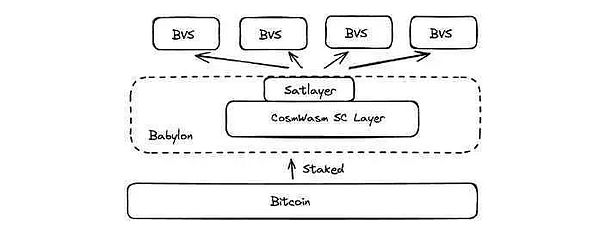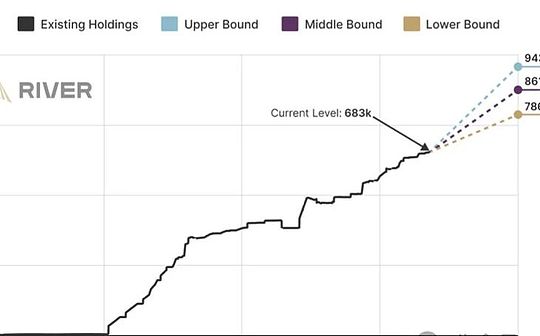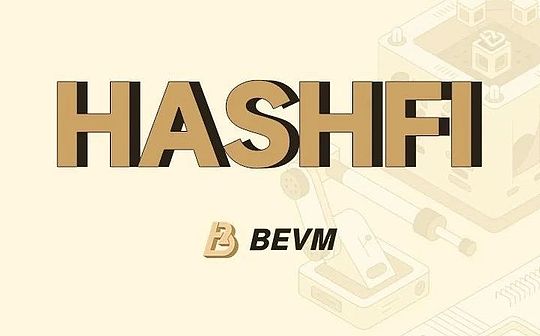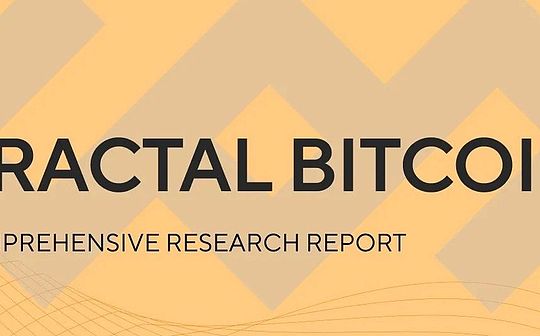Will BTC staking be the next power of drainage in the blockchain world?

Reprinted from jinse
04/28/2025·14DThrough Bitcoin’s Layer 2 network, BTC staking has become a reality - this privilege once belonged to the blockchain’s assets using the Proof of Stake (PoS) consensus mechanism, and now users who hold BTC benefit directly from it.
Bitcoin, which operates with a Proof of Work (PoW) consensus mechanism, has always been based on differences in founding concepts, and its on-chain functions are relatively simple, and it is not designed to support the operation of a large number of on-chain use cases like Ethereum’s creation goals. Therefore, if users holding BTC expect to participate in on-chain use cases (such as DeFi projects), it is usually necessary to convert BTC into alternative assets (such as using Stable Coins) to participate across chains to the Ethereum ecosystem.
At present, with the increasing attention of the industry to BTC native ecological development, BTC staking projects have become the new focus of this type of ecological development. BTC holders have more opportunities to directly participate in on-chain use cases. Industry insiders also believe that BTC staking will be a new trigger point that can attract more users to the blockchain world in the future.

BTC pledge ecological classic project
Babylon pledge
On August 22, 2024, the first phase main network of the BTC pledge project Babylon was officially launched by Professor David Tse of Stanford University and Mingchao Yu, a senior engineer at Dolby Laboratory.
Babylon's staking economic model is somewhat similar to Ethereum restaking project EigenLayer, which allows users to pledge their holdings to blockchains that adopt a Proof of Stake (PoS) consensus mechanism, thereby obtaining staking rewards without cross-chain or third-party hosting.
BTC asset holders who participate in the pledge through Babylon can retrieve the pledged BTC after the end of the pledge period, or they can retrieve the pledged BTC in advance. BTC staking users can get two rewards: one is the token income from Babylon, and the other is the fees paid by other blockchain chains to establish security using Babylon staking.
It is reported that Babylon will launch a complete BTC staking agreement in 3 stages:
-
Phase 1: Users lock BTC in a hosting script through BTC transactions. To control risks, the number of staking of BTC in the first phase will be limited to 1,000 BTC. According to statistics, about 12,720 BTC holders participated in the first phase of the pledge lockdown activity.
-
Phase 2: Activate BTC staking.
-
The third stage: implementing BTC multiple stakes, that is, allowing users to stake the same BTC on multiple blockchains based on Proof of Stake (PoS) consensus mechanism.
“
learn more
After supporting the addition of more BTC accounts such as Taproot, imToken's latest version has been further upgraded to support Babylon BTC staking to meet the staking needs of BTC holders.
You just need to enter the imToken "Wallet Management" page, click "Add Account" to add a new Bitcoin account, and deposit it into BTC, and then visit the Babylon pledge DApp in the browsing page to start the pledge operation.
Please refer to the pledge operation reference: https://support.token.im/hc/zh-cn/articles/36702982047257
SatLayer Re-pled
SatLayer is a BTC re-staking platform developed based on Babylon. It has recently successfully completed a seed round of $8 million in early financing, and raised more than 100 BTC within one day after it went online on August 23, 2024, which has sparked heated discussions in the industry.
In SatLayer's re-staking ecosystem, participating in re-staking can provide security protection for any blockchain or decentralized applications and protocols that adopt the Proof of Stake (PoS) consensus mechanism through a BTC-based verification service platform (commonly referred to as BVS).

△ SatLayer Ecological Architecture Diagram, Source: Foresight News
The functions provided by SatLayer for BTC holders include: using the Babylon protocol to pledge BTC, participate in re-pled and receive re-pled rewards, and obtain liquid asset rewards from the SatLayer platform.
Thoughts on BTC pledge ecology
Improving the security of blockchain using the Proof of Stake (PoS) consensus mechanism is not an easy task. It is essentially a game - it is not only a game between validators and digital asset holders' motivation to participate in pledge and their expectations for pledge rewards, but also tests the credibility value and technical reliability of blockchain itself.
To achieve security protection, it not only requires a large number of assets that can participate in the pledge, but also requires continuous incentives to attract more users to join the pledge. This is also the most realistic challenge of the pledge ecosystem and the difficulty of future sustainable development. As the digital asset with the largest number of circulation and the largest market value scale at present, the prospect of BTC pledge is optimistic by the industry, injecting a shot in the sluggish market sentiment in 2024. This may also mean that the changes are quietly taking place in the blockchain world: newly launched assets and soaring market value are no longer enough to ignite user sentiment. Everyone is looking forward to more innovations in blockchain native technologies and more flexible asset issuance methods, so as to build a safer, more innovative, more substantial use cases, and further release liquidity.




